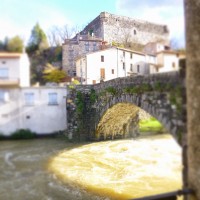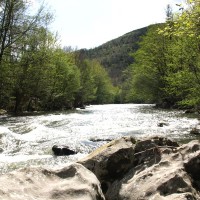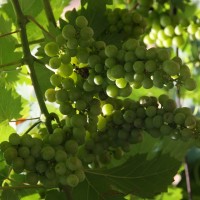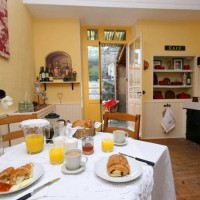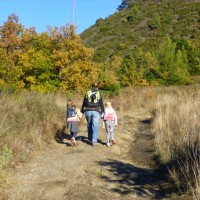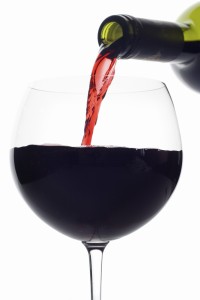 Explore the wonderful wines produced in the area here around Quillan, in the southern Languedoc.
Explore the wonderful wines produced in the area here around Quillan, in the southern Languedoc.
Languedoc is one of France’s longest-established wine-producing regions, probably because of its Mediterranean location. Wine has been produced here for thousands of years. Greeks started colonies here as early as 6 BC and began cultivating vines. Apparently, the Roman historian, Titus Livius (Livy), who died in 17AD, traded in Limoux wines when the Romans occupied the area (according to www.beyond.fr).
Limoux is famous for its naturally sparkling Blanquette — possibly the world’s first sparkling wine, produced by the monastery of St Hilaire at least from the early 16th century. They say that monks visiting from the Champagne region of France learned how to produce their own sparkling wine here. Their descendants’ wine was given the appellation ‘Champagne’, but the original Blanquette also has its own appellation ‘Blanquette de Limoux’ and is perfect for a warm summer’s evening out on the river balcony, watching the world flow by.
The Languedoc is still respected for its quality wines with many domaines (vineyards) producing wines, including some of very high quality. Production of sweet wines, such as Muscat de Lunel, Banyuls and Rivesaltes continue along the coastal plains.
Languedoc is the most productive wine-producing region in the world, producing as much wine as the whole of the USA, almost twice as much as Australia and 3 times that of South Africa. About half of local wine production is sold as Vin de Pays d’Oc (with a little less than a quarter being AOC and a little more than a quarter, vin de table). Apart from the Blanquette and Muscat, the region is particularly known for dry, fruity rosé and many full- and medium-body reds. You can get a bottle of local wine for as little as 1€50 a bottle in the supermarkets but expect to pay around 4 to 5€ for a good wine purchased from a vineyard, or around 7€ for a bottle of Blanquette.
Dégustation
As you drive through the beautiful area around Quillan (known as the Haute Vallée de l’Aude or the High Valley of the Aude), you will be surrounded by vineyards and will will often come upon signs saying dégustation — tasting. As you drive, for example along the road between Quillan and Perpignan, you will pass various caves (cellars) with this sign, and may stop and taste local wines. If you like what you taste, you can buy direct from the producer, sometimes at a significant discount. The vignerons (wine growers) are usually more than happy to show you around.
Understanding le Terroir
The concept of terroir is why you won’t necessarily see the grape variety on French wines, unlike wines from other parts of the world (in fact, until 2009, it was not even permitted to include the grape variety on the label of AOC wines). The ‘terroir’ is everything that goes into the individual character of the wine. Much more than the variety of grape, this takes in the nature of the soil in which the vines grow (terre), the climate, the sunlight, the winds and weather, the timing and methods of harvesting, and any other local expertise that makes the wine of every region unique.
For more about Languedoc wines, see www.terroir-france.com.
